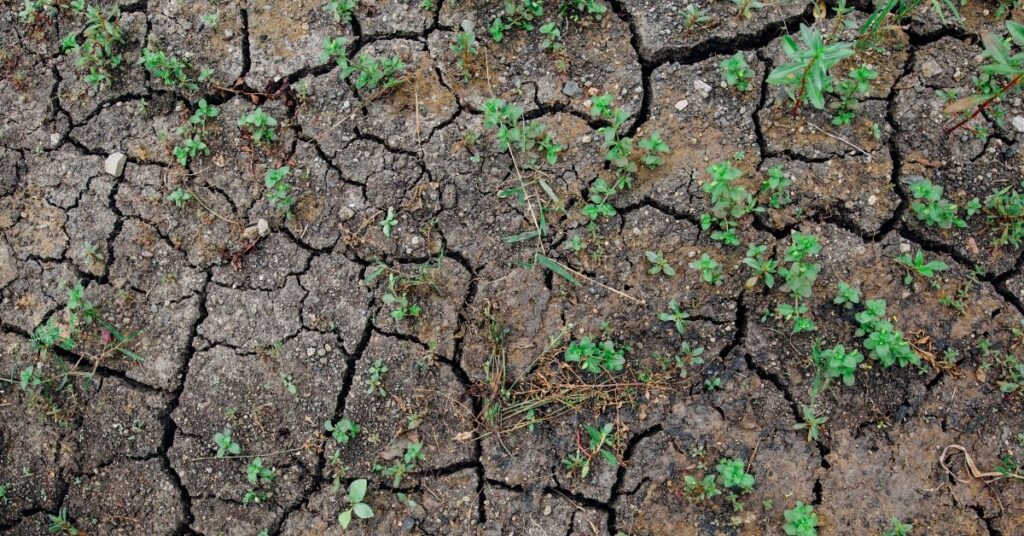Throughout history man has expected nature to dispose of whatever material he has buried in the soil. Without the great digestive capacity of soil we would be up to our ears in organic matter. The natural digestive process converts organic matter to reusable and beneficial humus. This microbial process supports all living things upon the earth.
As man has disposed of petroleum and chemicals into soil he has discovered the inability of natural systems to fully degrade these compounds. This has resulted in pollution challenges throughout the world.
The microbiota of soil consists of bacteria, fungi, protozoa, actinomycetes, yeasts, nematodes, and amoebae. The microbiota provides the support for macrobiota such as earthworms, insects and plant roots. All of this life in the soil is dependent on the humus for food and water. The rate of biodegradation (bioremediation) of any substance in soil is not only dependent upon the humus content but also on the kind of humus present.
Because of the variety of organic compounds nature is expected to dispose of, the kinds of microbes adapted to consuming the remains is astronomical and only a small fraction has been identified. As their food runs out, they face starvation. To save themselves, many generate spores or cysts by forming a tough plastic-like wall protecting the individual from the outside environment.
When suitable food again becomes available the food triggers a special enzyme that dissolves the protective wall and the microbe begins to grow again. There is virtually no compound found on earth that cannot be degraded by some microbe.
BioLynceus® has discovered ways to improve the degradation of difficult petroleum and chemical compounds. This required products that buffer the petroleum or chemical to prevent die-out of the indigenous microbes. This buffering action allows the indigenous microbes to adjust to the petroleum or chemical substrate. These microbes can then use this material for a food and degrade it to harmless compounds thereby reducing the contamination.
BioLynceus® has developed microbial activators that speed up the digestive process to a more efficient level. This biological enhancement supports the microbial food web to degrade the carbonaceous materials more efficiently.
BioLynceus® has developed organic-based nutrients that support the most efficient biological degradation. The ultimate goal of soil bioremediation is complete breakdown of chemicals to carbon dioxide, water and humus.
BioLynceus® is committed to discover natural processes enhanced by organic-based products to reduce pollution and contamination effectively and economically.


